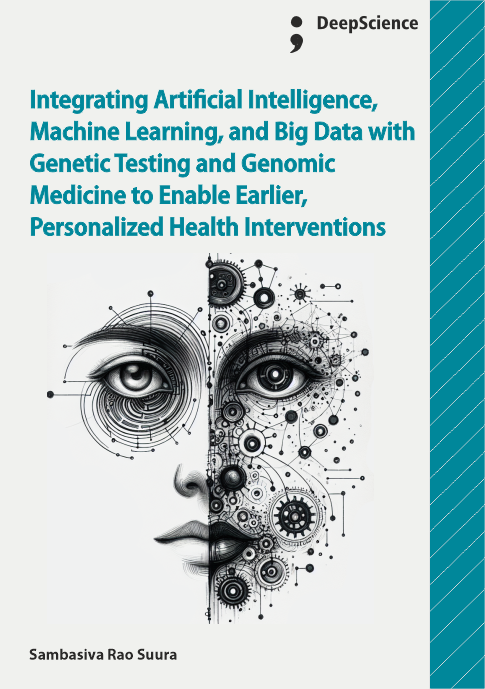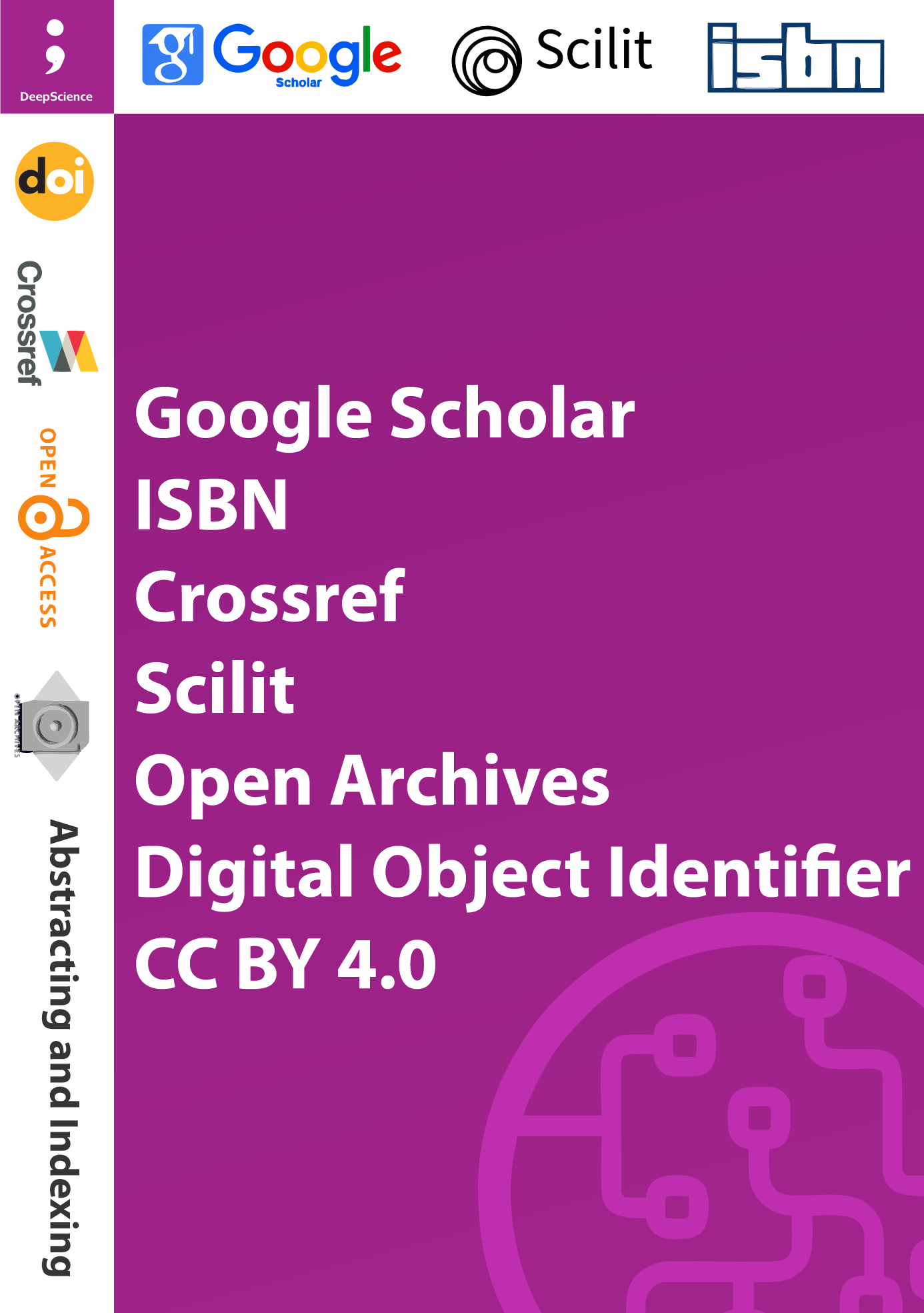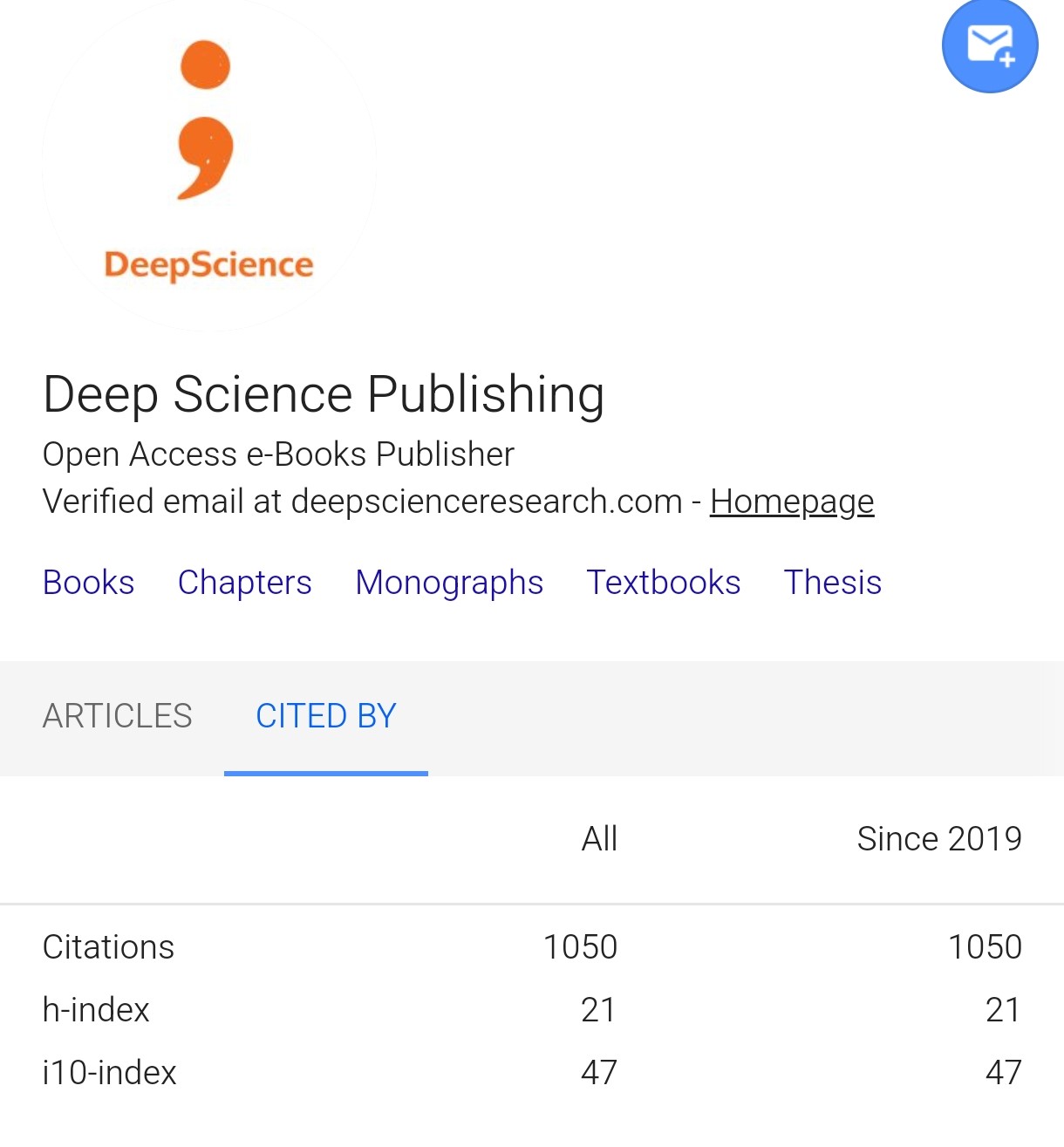Real-time integration of multi-omics data: Leveraging big data pipelines for holistic health insights
Synopsis
With rapid technological advancements, unprecedented data availability, and intrinsic interactivity among different levels of molecular data, the real-time integration of multi-omics data has now promised big potentials for a better understanding of individual health profiles and subsequently an early provision of precise and cost-efficient preventative and care interventions. Enhanced systematic and computational methods coupled with ultra-fast big data pipelines provide the essential power for meaningful health insights, ultimately translating into improved healthcare outcomes. In the next few years, integrated multi-omics data and enhanced big data pipelines are expected to be a significant and essential driving force of holistic insights into individual human health and wellbeing. Real-time integration of multi-omics data has recently provided a paradigm to dissect human diseases. A diverse range of health traits can be characterized more thoroughly through multi-omics data integration, generating a comprehensive profile of health status that facilitates the early detection of potential ailments.
Between 2013 and 2018, the global volume of collected data increased from half to up to 33 zettabytes. Individuals are wearing devices that monitor their health-generated data in real-time, and AI algorithms are being utilized to provide diagnoses and to suggest treatments. These advances derive primarily from the advent of big data pipelines, along with the growing ubiquity of sensors and devices. As a result, real-time health insights are now more accessible than ever before. The goal of multi-omics data is to provide a comprehensive holistic view of the different levels of molecules jointly involved in the regulation of a biological system. Even more, an integrated data-analysis is hard to be performed in real-time, owing to the characteristic high dimensionality of multi-omics data. However, even in the absence of integration, each single level of omics data is informative on its own, providing a partial view of health status. In many conditions, the molecular changes that occur at a particular level of the omics cascade are followed by downstream modifications. As a consequence, the monitoring of intermediate or affected molecular levels with respect to the pathological start might offer better prevention or treatment opportunities. Thus, a device equipped with a fast omics data readout should be able to run in real-time analytical methods to convert the data into insights, anticipating the possible occurrence of the disease and suggesting possible treatments.













